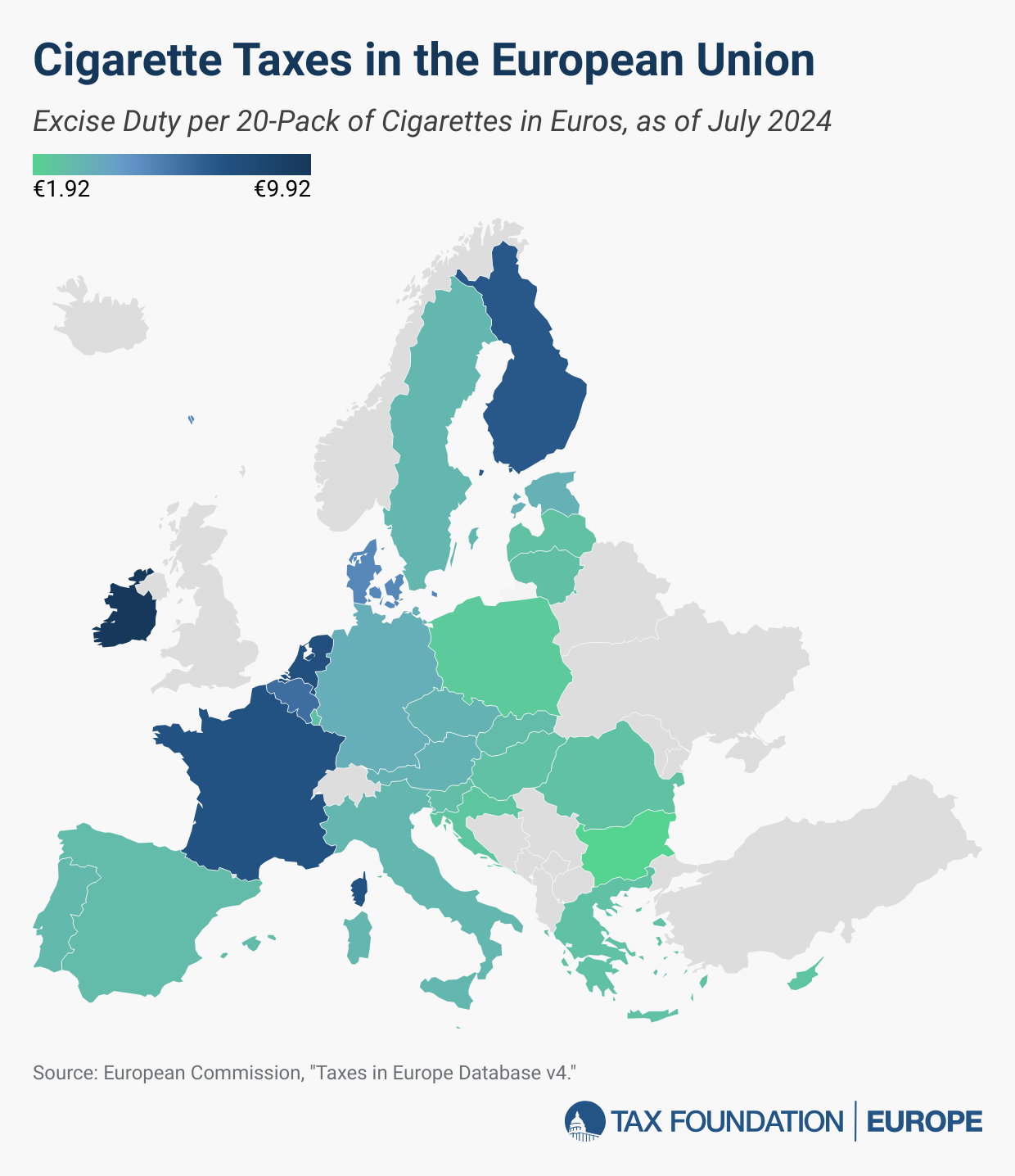Claim Your Parents as Dependents: Benefits and Steps
What if you also support Mom and Dad?
Here’s what you need to know about claiming your parents as dependents on your income tax returns. It depends on whether your parent meets the “qualifying relative” requirements. It all depends on whether your parent meets the “qualifying relative” requirements.
Tests for determining if a parent is a qualifying relative
The IRS uses different rules to determine whether children and qualifying relatives are your dependents as a taxpayer.
Your parent or another relative must meet all four of these tests to be qualified as a dependent:
The person cannot be your qualifying child. Your children are considered dependents according to different rules.
The relative can be your mother, father, grandmother, stepparent, aunt, uncle, or niece. The person can even be a son-in-law, daughter-in-law, father-in-law, mother-in-law, brother-in-law, or sister-in-law.
The person must have less than $5,050 in taxable income (for 2024). Interest, dividends and taxable pensions count, but not Social Security benefits or other tax-free income. Support includes the things you buy for parents, such as their share of groceries and gasoline, utilities and rent. Your qualifying relative doesn’t have to live with your to be your dependent. For the fourth test, do not include money that the relative received or had but did spend on support. Compare the amount of support you provided with the total amount of support from all sources to determine if you provided over half the person’s support.
What are the benefits of claiming your parents as dependents?
- Claiming a parent as a dependent can make you eligible for the following tax credits and deductions.
- Child and Dependent Care Credit
- The Child and Dependent Care Credit is available to taxpayers who paid someone to care for their elderly dependent while they worked.
- To claim this credit, you must have earned income during the year and include the care provider’s information (EIN or SSN, name, address) on your tax return.
This credit is worth anywhere from 20-35% of qualified expenses, depending on your income level. The maximum amount of qualified expenses you can claim for 2024 is $3,000 for one qualifying dependent parent or $6,000 for two or more qualifying dependents.
Credit for Other Dependents
Your dependent parent(s) may not qualify for the Child Tax Credit (CTC), but you may be able to claim the Credit for Other Dependents. You can claim this credit along with the Child and Dependent Care Credit.
The maximum credit amount is $500 for each qualifying dependent of any age as long as they meet the following requirements:
You claim the person as a dependent on your tax return.
The dependent does not qualify for the CTC or Additional Child Tax Credit.
The dependent parent is a U.S. citizen, a national, or a resident alien with either a Social Security number or individual taxpayer identification number (ITIN).
This credit starts to phase out once your income exceeds $400,000 for joint filers or $200,000 for all other filers.
Tax deduction for medical and dental expenses
If you itemize your deductions, you can deduct medical and dental expenses for a dependent parent. Any unreimbursed medical and dental expenses that exceed 7.5% of your adjusted gross income (AGI) are deductible.
For example, say your AGI for the tax year is $100,000, and you spent $10,000 in medical expenses for your elderly parent. Calculate 7.5% of your adjusted gross income ($7,500) and subtract it from your total medical costs ($10,000 – $7,000). The number you’re left with is what’s deductible on your tax return — in this example, you would be left with a $2,500 tax deduction.
- Dependent care benefits from your employer
- Your employer may offer additional benefits such as a dependent care flexible spending account, which you could use to cover the cost of care for elderly dependents. You won’t have to pay income tax on the money you put into these accounts. You must ensure that your parent meets all the requirements.






